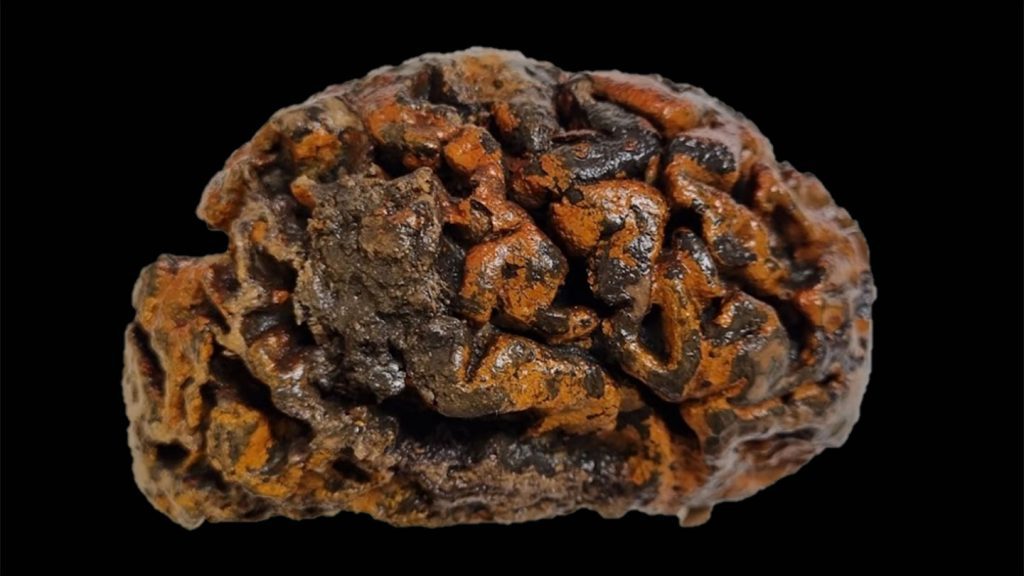When Alexandra Morton-Hayward started her research, she found a paper talking about a 2,500-year-old brain kept in a severed skull. This paper mentioned another preserved brain. She found more. And more. By the time she found 12 of them, she realized that all the papers were describing the brains as something special. So she kept researching.
Brains preserved naturally, it turns out, are not as uncommon as previously thought, according to a report by Morton-Hayward and colleagues from the University of Oxford, published on March 20 in Proceedings of the Royal Society B. They have collected 4,400 human brains preserved in archaeological findings, with some dating back almost 12,000 years. This collection includes brains from explorers in the North Pole, sacrificial victims of the Inca, and soldiers from the Spanish Civil War.
Because these brains have been considered very rare, not much research has been done on them. Morton-Hayward says, “If they’re valuable and unique, then you don’t want to study or disturb them.” Less than 1 percent of the collection has been studied.
By comparing the locations where the brains were found with historical climate patterns, researchers have found clues about what may prevent the brains from decaying. More than a third of the samples lasted due to dehydration, while others were preserved through freezing or tanning. Depending on the conditions, the brains’ consistency could vary from dry and brittle to soft and tofu-like.
Approximately 25% of the brains came from bodies without other preserved soft tissues. There was no skin, kidneys or muscles, just a shrunken perfect little brain inside the skull,” according to Morton-Hayward.
The reason why brains remain preserved while other soft tissues decompose is not clear, but it could be related to the brain’s chemical composition. The ratio of proteins to lipids in the brain is unique, at 1-to-1. Other soft tissues have more carbohydrates and very different protein-to-lipid ratios. This ratio might be significant because when metals like iron get involved, they could cause proteins and lipids to merge and endure.
The team is now using new methods to better understand the molecular interactions that lead to brain preservation.



